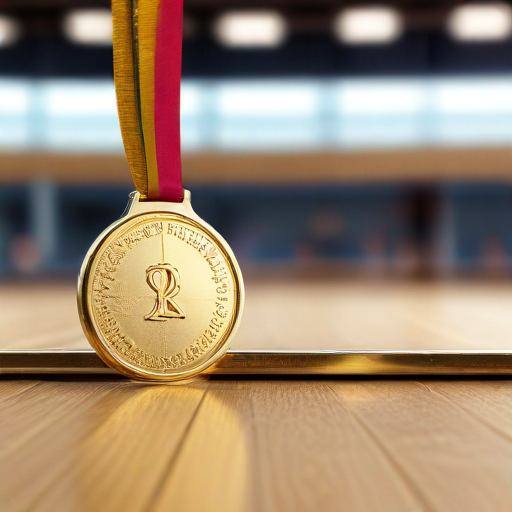Bela Karolyi, the influential and often controversial gymnastics coach credited with transforming young gymnasts into Olympic champions, has passed away at the age of 82. His death was confirmed by USA Gymnastics on Friday, although no details regarding the cause have been disclosed.
Karolyi, alongside his wife Martha, was instrumental in training numerous Olympic gold medalists, including legends such as Nadia Comaneci and Mary Lou Retton. Comaneci shared her feelings on social media about Karolyi’s profound influence on her life, particularly during her memorable gold-medal performance at the 1976 Montreal Olympics, where she became the first gymnast to score a perfect ten.
Despite his success, Karolyi’s coaching style faced criticism, particularly in light of the Larry Nassar abuse scandal. Multiple former gymnasts alleged that the oppressive culture fostered by the Karolyis allowed Nassar’s misconduct to continue unchecked for years. While they denied any wrongdoing regarding Nassar, the backlash led to their withdrawal from the public eye, and USA Gymnastics ultimately severed ties with the Karolyi Ranch as a training facility.
Karolyi’s journey began in Romania, where he found an unexpected path to gymnastics after moving there with his wife to coach the national team. Their decision to defect to the United States in 1981 marked a turning point in American gymnastics. By establishing their own training program, they began producing a remarkable number of champions—most notably paving the way for American women to excel at the Olympics.
Over the years, Karolyi developed a reputation as a demanding coach whose rigorous training methods drove several gymnasts to unprecedented heights. Yet his approach was not without cost; many former students have recounted difficult experiences, noting the harshness he sometimes exhibited in his methods. Nonetheless, some of his most notable students defended him, attributing their successes to the intense training they underwent.
Karolyi’s coaching brought the U.S. to the forefront of international gymnastics, demonstrated by the American women’s dominance in competitions, particularly under Martha’s later leadership. His contributions to the sport will not be forgotten, even as the discussions around his legacy may remain complex and multifaceted.
In closing, while Bela Karolyi’s life was marked by both triumph and controversy, his impact on gymnastics remains undeniable. His unwavering belief in the potential of American gymnasts paved the way for the next generation of athletes who continue to inspire both today and in the future. It is a reminder of how sporting icons can both uplift and challenge the norms of their times, contributing to an evolving narrative around the sport.
